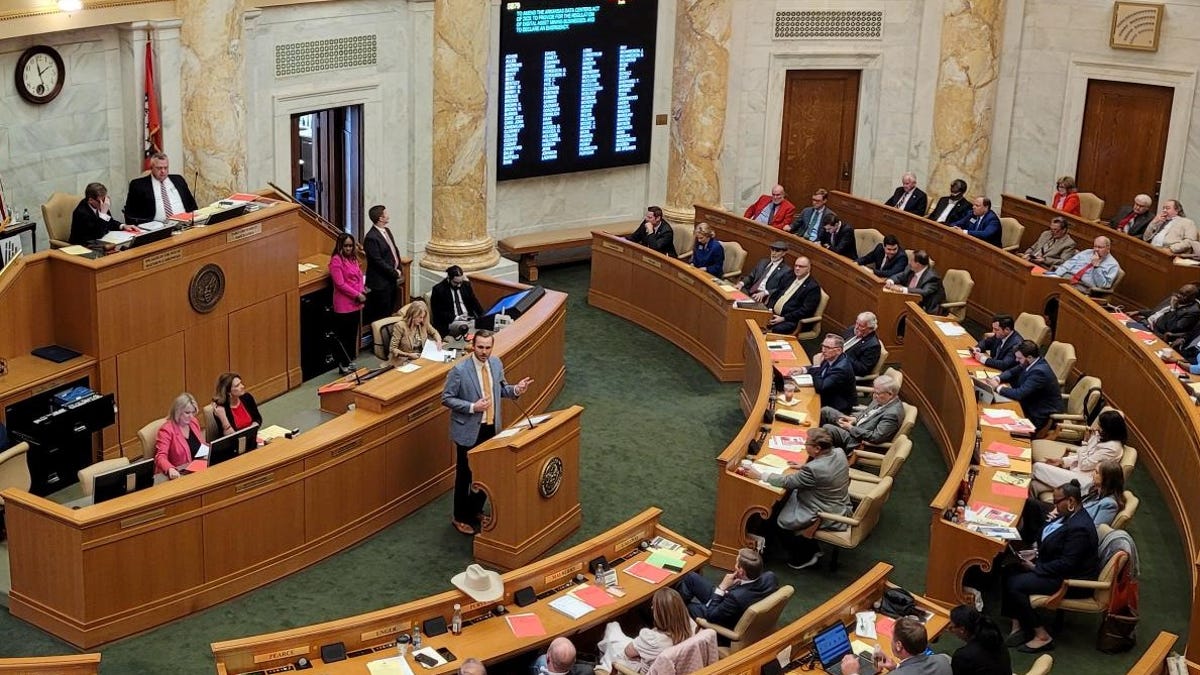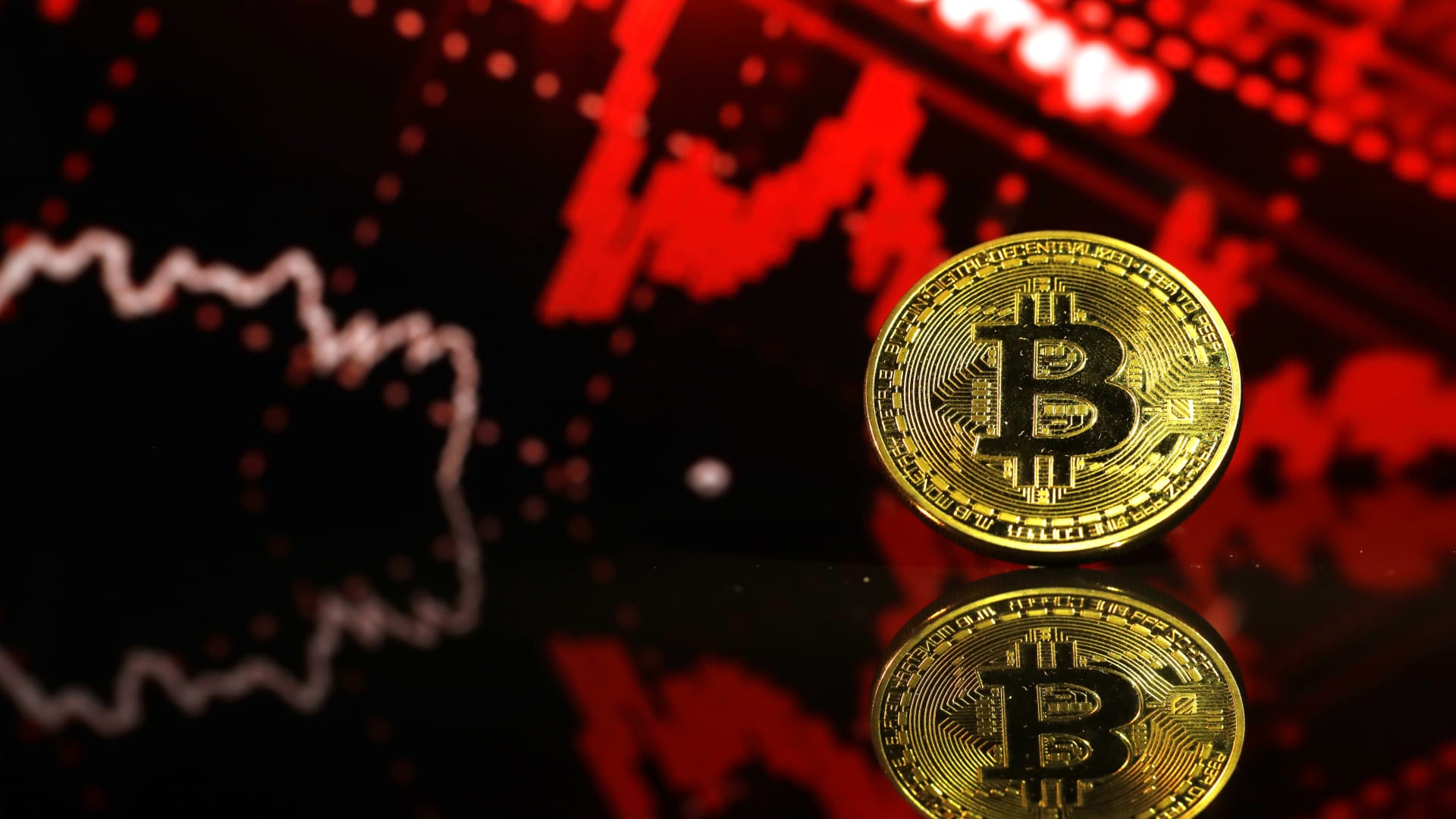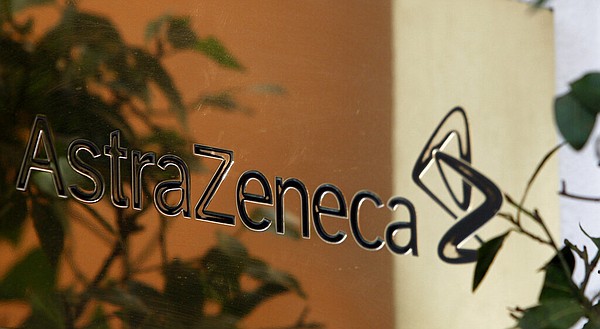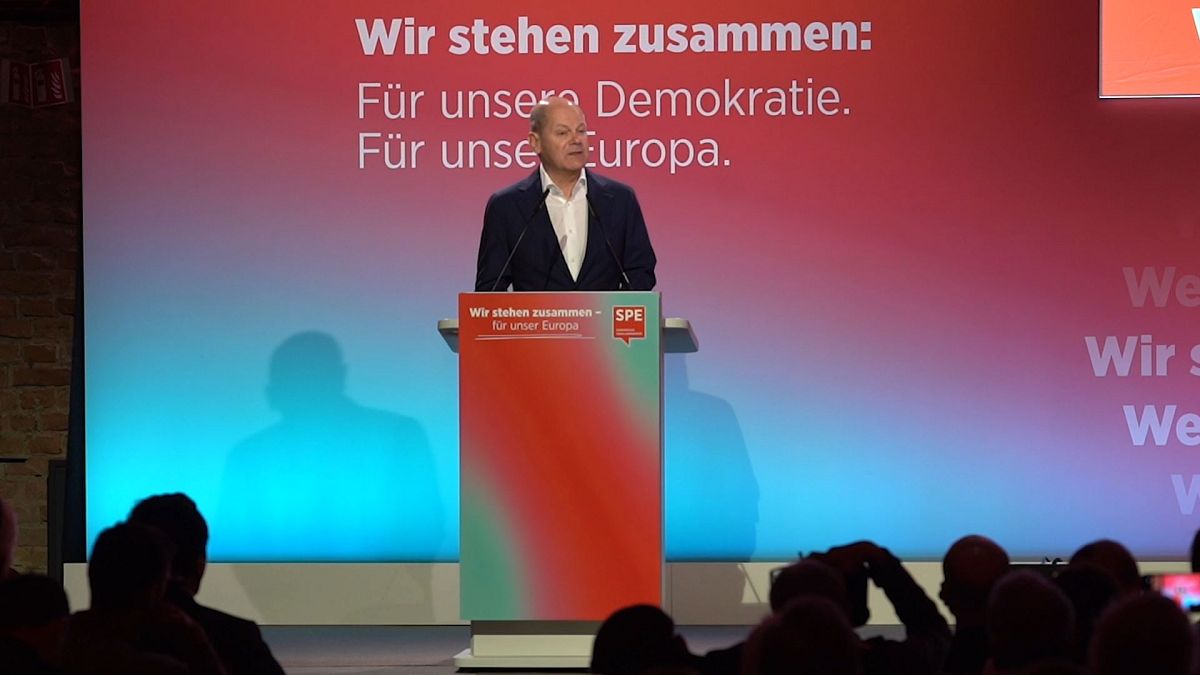Crypto
Dollar rise: EFCC continues crackdown on cryptocurrency platforms

The Economic and Financial Crimes Commission has instituted a further crackdown on currency speculators and cryptocurrency platforms manipulating the naira, Sunday PUNCH has learnt.
Impeccable sources within the commission said the EFCC was not only going after Binance but every cryptocurrency platform and others involved in the manipulation of the Nigerian foreign exchange market.
A source said, “The EFCC is going after all currency speculators to stabilise Nigerian forex.”
Another source noted, “The commission is not only going after Binance but other cryptocurrency compliance and exchanges, this has been helping in stabilising the market.”
Reacting to the development when contacted, the spokesperson for the EFCC, Dele Oyewale, said the commission was doing everything lawful to ensure sanity within the country’s forex market.
“The commission is doing everything within the ambit of the law to ensure that there’s sanity in Nigerian the foreign exchange market,” he said.
Meanwhile, some foreign exchange market analysts have stated that the dollar rose slightly against the naira between Wednesday and Friday due to interbank moves of the commercial banks.
A money market analyst, Agba Akin, had on Friday posted a snapshot of the P2P trading platform on X, saying, “Since Wednesday, the dollar has started increasing again at BDC, here is why. The emergency lovers of Binance are back speculating on other P2P apps.
“They’ll keep adding N50 every day until they take it back to 2,500 which was their initial plan, and recoup their loss. CBN, act now.”
Reacting, a BDC operator identified as Yasir Arafat Jubril@oil_shaeikh said, “The problem with speculative manipulation is even if CBN keeps bidding dollars to BDC at a low rate, the prevailing speculated rate will lord over the market and you’ll be forced to sell at that price to keep afloat. CBN must crack down on all speculative platforms.
“They don’t know anything; if we talk, they’ll say we are aboki BDC behind Nigeria’s problem. Over 40 years that BDC has been operating, we never manipulated the naira by adding 50 to N100 a day till P2P ojukokoro boys came with their lack of fear of God.”
Speaking with Sunday PUNCH, the Adhoc Committee Chairman of the Association of Bureaux De Change Operators of Nigeria, Almustapha Muhammed, said while it was true that the dollar gained during the week, the BDCs were not behind the currency gaining as it resulted from certain moves of the commercial banks.
He said, “Some people just want to put it at the BDCs. Actually what happened was that the dollar rose from the interbank rates and not from the BDCs. BDCs are parallel markets, while the banks are connected with the Federal Government’s official rate.
“CBN is giving us dollars at N1,101, but some commercial banks are doing interbank conversions. They convert from their accounts – domiciliary accounts and naira accounts. But the parallel markets are doing lower than the Federal Government.”
Speaking further, he said, “Last week, the CBN gave the dollar at N1,101, but the parallel market sold at N950. That was what even made some BDCs not bid for a collection of dollars at CBN, because when you collect that dollar from CBN, automatically you run at a loss because we sell at N950. Unfortunately for the dollar, banks are now doing their interbank.
“That was what made people rush into the parallel market and buy it (the currency) at the lower rate and then deposit it in the commercial banks, automatically making N20, N40, N60 gains, because when you deposit your dollar into your domiciliary account and ask for its conversion into naira, automatically, you are making that difference. That is exactly what happened.”
In his reaction, an economist identified as Opeoluwa on X said, “On this issue, I reached out to a source in the relevant security agency on this matter. I was reliably informed that it has been flagged as ‘imminent danger’ and it’s being looked into.
“I am told that they (the security agency) may have to extend their hands to them, just like they did to Binance.”
When our correspondent contacted the Head of Strategic Communication at the Office of the National Security Adviser, Zakari Mijinyawa, he did not pick up calls.

Crypto
'Dogecoin Killer' Shiba Inu Burn Rate Spikes 800%, Crypto Market Rallies As Sentiment Soars And More: This Week In Cryptocurrency
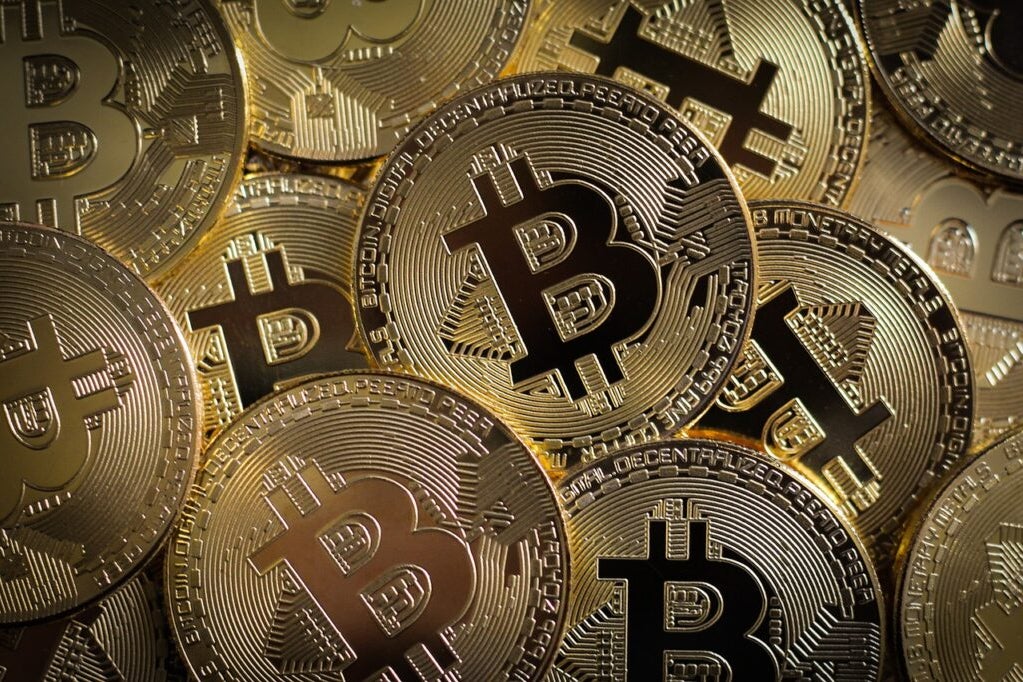
The week was a rollercoaster ride for the cryptocurrency market. The crypto world was buzzing with news, from Shiba Inu’s surging burn rate to speculation of certain altcoins becoming irrelevant. Major cryptocurrencies like Bitcoin BTC/USD, Ethereum ETH/USD, and Dogecoin DOGE/USD ended April with heavy losses, but the market sentiment soared as the new week began. Let’s dive into the details.
‘Dogecoin Killer’ Shiba Inu Burn Rate Spikes 800%
Shiba Inu experienced a resurgence in its burn rates, with an 800% surge and millions of coins burned in recent transactions prompting positive market sentiment and an increase in prices. Read the full article here.
Altcoins’ Fate: Strong Performers or Irrelevant?
Pseudonymous crypto trader “Cold Blooded Shiller” questions whether the market is beginning to phase out certain altcoins in favor of stronger performers and Bitcoin. He notes that while Bitcoin’s strength is undeniable, there’s an interesting separation among altcoins. Meme coins like Dogwifhat, Pepe, and Floki Inu have seen significant gains, but will they maintain their momentum? Read the full article here.
See Also: Bitcoin, Ethereum, Dogecoin Rally, As Market Sentiment Soars On Macro Data: ‘Above $67,000 We Fly Like A
Heavy Losses for Bitcoin, Ethereum, Dogecoin in April
April ended on a sour note for major cryptocurrencies. Bitcoin, Ethereum, and Dogecoin closed the month with losses of 16%, 19%, and 40%, respectively. The new Hong Kong Bitcoin ETFs, contrary to bullish expectations, may turn out to be a “complete failure,” according to finance and crypto newsletter, WhaleWire. Read the full article here.
Are Dogecoin and Shiba Inu Due for a Bounce?
Despite a turbulent month, traders remain optimistic about Dogecoin and Shiba Inu. Chart analyst Ali Martinez predicts a bullish breakout for Shiba Inu SHIB/USD, while crypto trader YG Crypto analyzes Dogecoin’s recent performance, which saw a dramatic 40% price drop. Read the full article here.
Crypto Market Rallies as Sentiment Soars
Despite the losses in April, the cryptocurrency market started May on a positive note. Major cryptocurrencies are trading higher, with Bitcoin bouncing well above the $60,000 mark. Read the full article here.
Read Next: Dogecoin Is ‘Primed For Higher’ But Pepe Is ‘On A Moon Mission,’ Exclaims Trader
Image: Eivind Pedersen from Pixabay
Engineered by
Benzinga Neuro, Edited by
Anan Ashraf
The GPT-4-based Benzinga Neuro content generation system exploits the
extensive Benzinga Ecosystem, including native data, APIs, and more to
create comprehensive and timely stories for you.
Learn more.
Crypto
Cryptocurrency Price Analysis: SHIB, DOGE, and XRP Face Varied Challenges
Throughout much of the month, the majority of top assets maintained a sideways trajectory. While some experienced marginal upticks, others contended with declines. Let’s delve into the price analysis of Shiba Inu (SHIB), Dogecoin (DOGE), and Ripple (XRP). Shiba Inu (SHIB)Coin Edition’s evaluation of SHIB’s 4-hour chart revealed a bearish signal. Specifically, attention was drawn to the Exponential Moving Average (EMA), where the 20 EMA (yellow) crossed below the 9 EMA (blue)—a phenomenon known as a death cross. Moreover, SHIB’s price lingered beneath these indicators, signaling a diminishing strength for the token. Presently, there’s a prospect of SHIB’s price descending
Crypto
Bitcoin (BTC) User Paid Eye-Watering $100,254 for Single Transaction

A single Bitcoin BTCUSD transaction has caught the attention of many owing to its gas fee size. Blockchain analytics platform Whale Alert confirmed that a fee of 1.5 BTC was paid for a single transaction. This fee is equivalent to $100,254 based on the current market value of the top cryptocurrency. This fee is quite higher than the average transaction cost.
This user paid this enormous fee to have their transfer included in an ordinary Bitcoin block. Some of these transactions have been recorded in the past. In September 2023, a Bitcoin user paid a transaction fee of 19 BTC. This was around the time when Bitcoin price was trading at $26,000, hence, the 19 BTC was equivalent to $509,563.
Then again, in January, another BTC account paid over 4 BTC to have their transfer included in an ordinary Bitcoin block. The transaction was therefore charged with a whopping 1,800,890 sat/vB fee.
Potential reason for high transaction fee
Payment of such exorbitant fees usually raise suspicions as many market observers wonder the circumstances that could have led to it. At press time, Bitcoin’s average transaction fee was at a level of $4.696, up from $3.740 on May 4 and down from $6.696 one year ago. This is also a change of 25.57% from yesterday and -29.86% from one year ago, per data from YChart.
It is worth noting that ordinarily transaction fees can fluctuate due to network congestion. It once reached as high as $60 during the 2017 cryptocurrency boom. Hence, this outrageous transaction fee recently recorded could be a result of a mistake or a misconfiguration in transaction software. It could also be potentially for reasons known only to the transaction initiator or even a possible money laundering scheme.
-

 News1 week ago
News1 week agoFirst cargo ship passes through new channel since Baltimore bridge collapse
-

 World1 week ago
World1 week agoHaiti Prime Minister Ariel Henry resigns, transitional council takes power
-

 World1 week ago
World1 week agoSpanish PM Pedro Sanchez suspends public duties to 'reflect'
-

 News1 week ago
News1 week agoAmerican Airlines passenger alleges discrimination over use of first-class restroom
-

 Movie Reviews1 week ago
Movie Reviews1 week agoAbigail Movie Review: When pirouettes turn perilous
-

 World1 week ago
World1 week agoEU Parliament leaders recall term's highs and lows at last sitting
-

 Science1 week ago
Science1 week agoMosquito season is upon us. So why are Southern California officials releasing more of them?
-

 Movie Reviews1 week ago
Movie Reviews1 week agoCity Hunter (2024) – Movie Review | Japanese Netflix genre-mix Heaven of Horror


